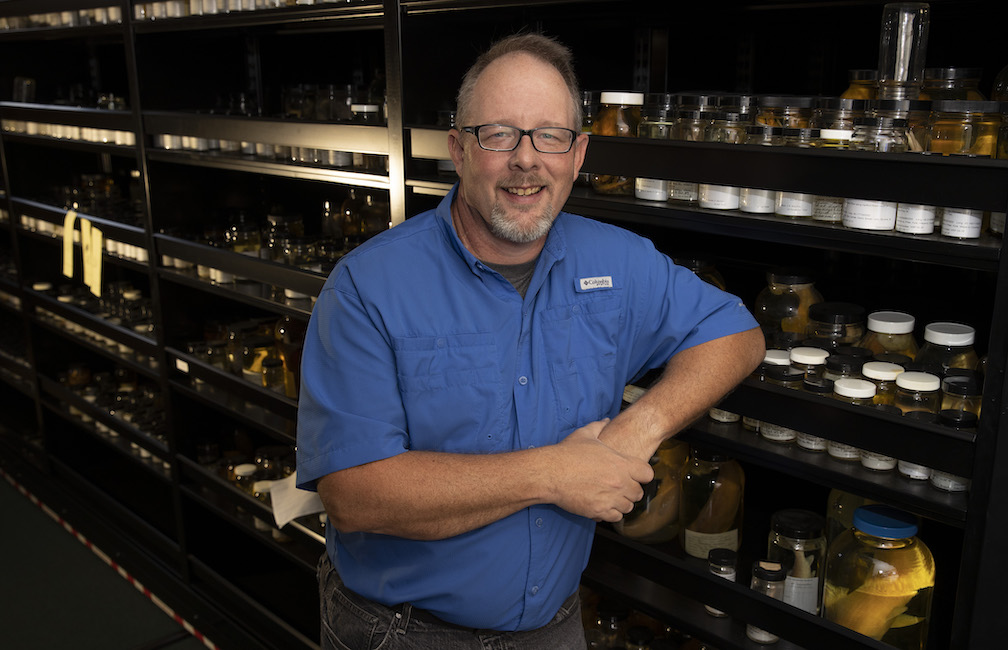Kyle Piller
Link to WebpageSoutheastern Louisiana University
Project Title
Life in the fast lane: Testing for congruence among transcriptomic signatures
Mentor
Brant Faircloth, Louisiana State University
Funding Period
Full Project (May 1, 2021 - April 30, 2024)

Abstract
The specific research objective of this study is to utilize transcriptomics (RNA-Seq) to investigate congruence in the genetic architecture of a group of potential model organisms (annual fishes). The Turquoise Killifish, an annual species, has already been identified as a model organism that has proven useful for the study of the aging process and age-related diseases in humans, but the congruency of its genetic attributes with other potential fish models (non-annuals, facultative annuals, and other annuals), as well as humans, has not been adequately addressed. This study will focus on DNA repair genes for these organisms with different life-histories. The specific hypotheses are as follows: Hypothesis 1: Fishes with an annual life-cycle will possess the same, but differentially expressed, DNA repair genes as other non-annuals and humans. This portion of the study will test for conservation of DNA repair genes (from liver tissues) among Nothobranchid and Rivulid fishes and humans using a transcriptomic approach. It will also examine differential expression levels to definitively search for congruence in the expression and functionality of these longevity genes and DNA repair genes. Hypothesis 2: Genes involved in the DNA repair process show signs of positive selection in annual and facultative annuals, but not for non-annual species. This comparative genomics approach will be used to identify genes under positive selection, particularly focusing on DNA repair genes. Genes identified as showing positive selection relative to other non-annual species suggests that they are likely to be relevant to the aging process and can be used in future experimental studies to better understand the genetic architecture of the aging process.
